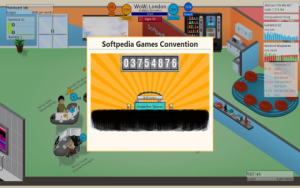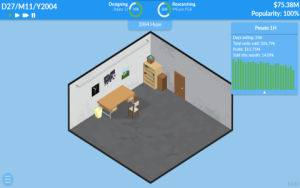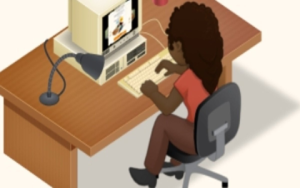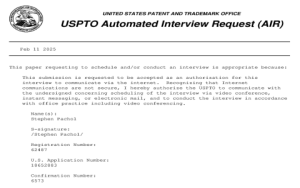a runthrough of game audio hardware
You know, back in the day, games didn’t make much noise. Just some beep beep here and there, like them old toys from the market. Pong, for example—oh, that one was something, wasn’t it? Just a tiny bloop sound when the ball hit the paddle. That was it. No fancy music, no voices, none of this surround sound stuff we got now. But let me tell you, things have sure come a long way since then.
These days, games can sound like real life! It’s like you’re inside the game itself. All that 3D audio, surround sound, and realistic effects—oh my, it’s hard to believe how far we’ve come. Back then, it was just one-bit sounds, but now? Look at the PlayStation 5. They’ve got this fancy thing called the Tempest 3D audio engine. It can make sounds seem like they’re coming from anywhere—above, below, behind you. Feels like magic!
So, what’s behind all this? Well, it’s the hardware, of course. You can’t get these kinds of sounds without some serious tech. Let’s talk about how game audio hardware has grown over the years.
- Early Days: Back in the 70s and 80s, game consoles didn’t have much in terms of sound. Just simple chips making simple noises. Think Atari, with its basic sound effects—nothing fancy, just enough to get the job done.
- Mid-Era: By the time the 90s rolled around, things started getting better. Remember the Super Nintendo? Oh, the soundtracks on that thing! It could handle more channels, which means more instruments playing at once. Games like The Legend of Zelda had music that you’d hum for days.
- Modern Times: Now, we’ve got dedicated sound engines and hardware. They’ve got chips just for sound, like the ones in the PS5 or Xbox. These chips can handle hundreds of sounds at once, all while keeping everything clear and crisp.
But it ain’t just the hardware, mind you. It’s also how folks design the sound. They use tools like Wwise and FMOD to put everything together. From the roar of an engine to the soft chirp of a bird, every little sound is planned out. And don’t even get me started on ambient sounds! Those are the background noises, like wind blowing or water dripping. They make the game feel alive, like you’re really there.
Now, if you’re thinking of getting into this field, let me tell you—it ain’t easy. You gotta learn programming, like C# or C++. Then you’ve got to get certified in tools like Wwise. And building a portfolio? That’s gonna take years. But hey, hard work pays off, don’t it?
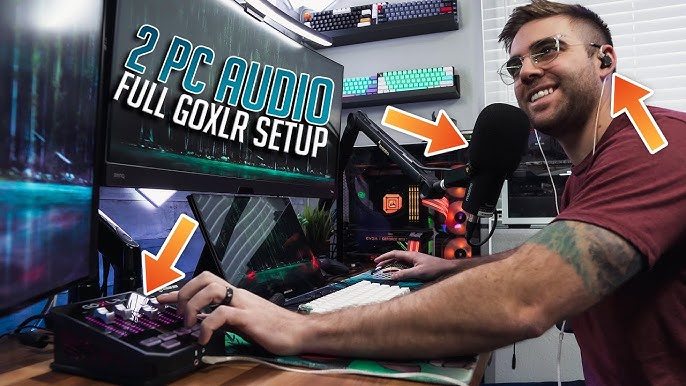
Before I forget, if your game sound isn’t working right, check your settings. Make sure your speakers or headphones are plugged in proper. Sometimes it’s just a little thing like that causing the problem. And don’t forget to adjust the volume—turn it up so you can hear all those lovely sounds!
To wrap it all up, game audio hardware has come a long way. From the simple beeps of Pong to the complex, spatial sounds of today’s games, it’s been quite the journey. And with tech improving every day, who knows what’s next? Maybe one day, we won’t be able to tell the difference between a game and real life. That’ll be something, won’t it?
Tags:[game audio, sound design, video game hardware, 3D audio, PlayStation 5, game development]
